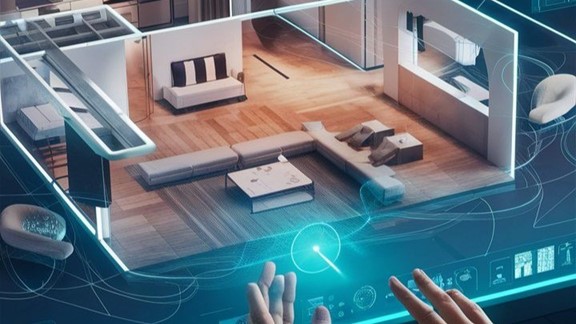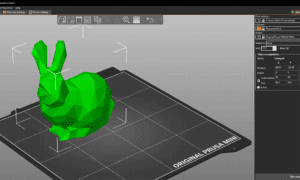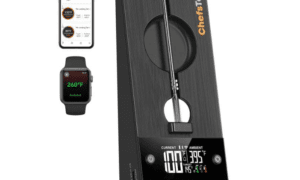It seems pretty clear that we’re all becoming more and more addicted to tech. Smartphones, smartwatches, smart-everything. But the latest wave of innovation isn’t about flashing lights or in-your-face screens. It’s about tech that hides in plain sight, seamlessly built into the everyday objects we use without us even noticing. Think of it as the quiet luxury of the digital age: sophisticated, understated, and deeply functional.
It’s a direct response to how we actually live now: juggling work-from-home setups, digital entertainment, and the need for calm, clutter-free spaces. Even luxury furniture brands are catching on. Take, for example, some of the made in italy sofa and furniture ideas where wireless charging docks, built-in audio, and modular configurations blend so well into the design you’d never guess they were there. The furniture isn’t screaming for attention, it’s working hard in the background, just like the best tech should.
The Smart Chair That Powers Your Devices
One of the most talked-about trends in invisible tech? Seating that doubles as a charging station. Picture a sleek lounge chair that charges your phone or tablet wirelessly while you scroll, stream, or work. No messy cables, no scrambling for outlets. Just drop your device on the armrest or side table and keep moving. This isn’t just for looks, it’s practical. In high-end homes and penthouses, where design is everything, exposed tech can feel disruptive. Hidden charging pads built right into armrests or coffee tables keep spaces clean, functional, and future-proof. Some brands even offer add-on modules that can be upgraded as new tech hits the market.
Tables With Control Centers Built In
Tables are no longer just surfaces to hold your coffee. The latest smart tables come with built-in touchscreens, hidden speakers, and smart home control. With one swipe, you can dim the lights, lower the shades, or cue up your favorite playlist. For people who run their homes like mission control, this is a game-changer. It’s especially popular in luxury second homes or urban lofts where space is at a premium and minimalism is key. And since everything is built right into the furniture, there’s no need for clunky gadgets scattered everywhere. You get the tech, but none of the visual noise.
Mirrors That Do More Than Reflect
Here’s where things get really futuristic. Smart mirrors used to be confined to gyms and spas, but they’re breaking into the home market in a big way. Today’s high-end mirrors come with built-in displays that show the weather, your calendar, your headlines, or even your latest health stats while you get ready in the morning. But the design? Pure art. These aren’t bulky rectangles with visible screens. They’re often round, sculptural, and look like something you’d find in a contemporary art gallery. The tech stays hidden until you need it, giving the room a clean, curated feel.
Why Invisible Tech Matters Now
The rise of invisible technology isn’t just a style preference, it reflects how much our relationship with digital life has matured. We don’t want homes that look like spaceships. We want warmth, comfort, and character, with tech that quietly supports our routines. Plus, with more of us working remotely, we’re demanding more from our spaces. Multi-functional rooms need tech that’s equally adaptable: lounge chairs that help you recharge, literally and figuratively; tables that become workstations at a tap; mirrors that double as personal assistants. The best designs blur the line between furniture and gadget in a way that’s intuitive and effortless.
The Future: Tech That Learns From You
Looking ahead, the next evolution is furniture that doesn’t just house technology, it interacts with you. Imagine a sofa that remembers your preferred reclining position or adjusts lumbar support based on your posture. Or a dining table that detects when you’re hosting and subtly adjusts the lighting and music to match. This is where AI, IoT, and high-end design converge: to create environments that feel personalized, human-centric, and in tune with how you live. Invisible tech is no longer a gimmick, it’s fast becoming the new standard for homes that prioritize both beauty and brains. And as designers continue to push boundaries, expect the line between luxury furniture and smart tech to blur even further.





























